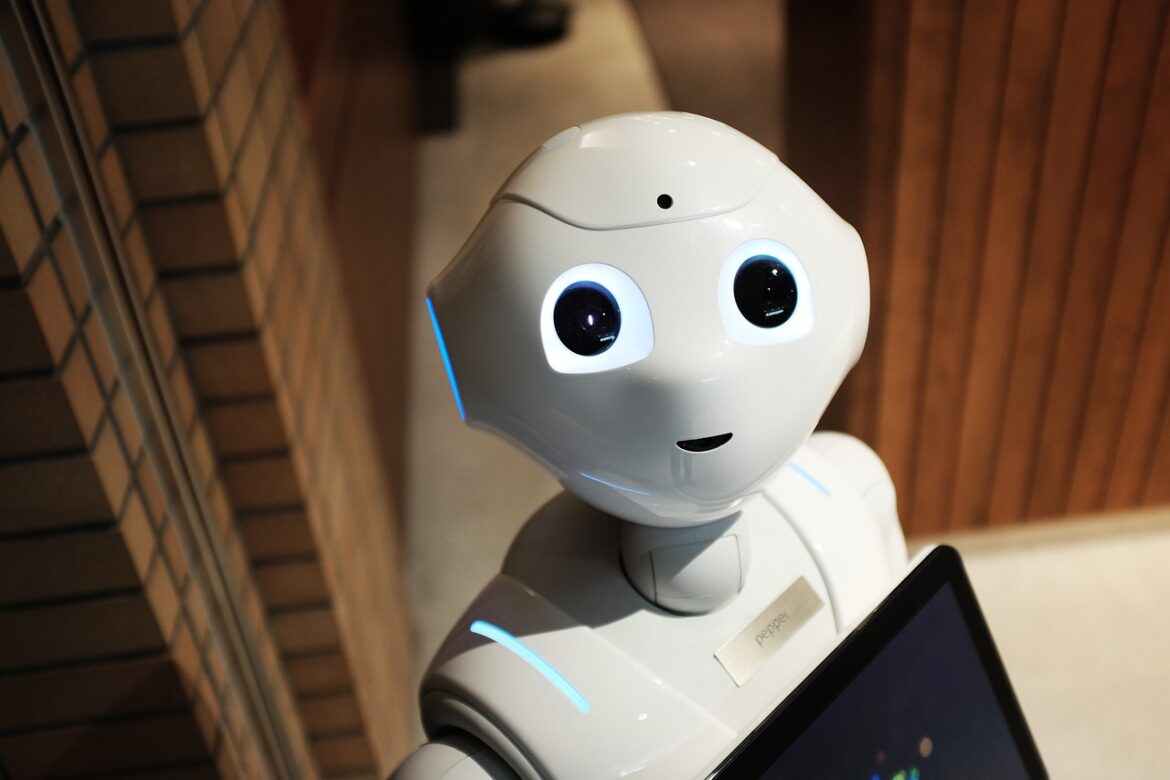AI-Driven UI/UX: The New Frontier of Design
In 2025, artificial intelligence has become an integral part of UI/UX design, transforming how designers work and users interact with digital products. AI-powered tools are now automating repetitive tasks, optimizing layouts, and conducting A/B testing with unprecedented efficiency. But the real game-changer is in user interaction.
Smarter chatbots and voice assistants have evolved from novelties to necessities, seamlessly integrated into user interfaces. Predictive text has become so advanced that it anticipates user needs before they’re even expressed. This AI-driven approach is not just enhancing user experience; it’s redefining it.
Key Features:
- Automated layout optimization
- AI-powered usability testing
- Intelligent chatbots and voice assistants
- Predictive user interaction
Hyper-Personalization: Tailoring Experiences to Individual Users
The one-size-fits-all approach to design is officially obsolete. In 2025, hyper-personalization has taken center stage, with apps and websites adapting to individual user preferences, behaviors, and real-time data.
Users no longer adapt to apps; apps adapt to users. This shift goes beyond simple customization, leveraging complex algorithms to create unique experiences for each user. From content recommendations to interface layouts, every aspect of the digital experience is tailored to the individual.
Key Features:
- Dynamic content based on user behavior
- Personalized UI elements
- Adaptive color schemes and typography
- Customized user journeys
Adaptive UI: Responsive Design Evolved
Adaptive UI takes responsive design to the next level in 2025. Instead of merely adjusting to screen sizes, interfaces now adapt to user preferences, time of day, and even environmental conditions.
For instance, an app might automatically switch to dark mode in low-light conditions or adjust its layout based on the user’s hand dominance. This level of adaptability not only improves usability but also reduces eye strain and enhances overall user comfort.
Key Features:
- Context-aware interface adjustments
- Automatic mode switching (light/dark)
- Ergonomic layout adaptation
- Environmental condition responsiveness
As we navigate through 2025, these design frameworks are not just trends; they’re shaping the future of digital interaction. By embracing AI-driven UI/UX, hyper-personalization, and adaptive interfaces, designers and developers can create more intuitive, efficient, and user-centric digital experiences. The key to success lies in understanding these frameworks and leveraging them to build products that truly resonate with users in this new era of design.
References:
- https://strapi.io/blog/best-javascript-frameworks
- https://amajinsolutions.com/best-framework-for-responsive-web-design/
- https://backlinko.com/blog-niche-ideas
- https://denverwebdesigncompany.us/best-web-app-frameworks-technologies-for-2025/
- https://oxylabs.io/blog/best-ai-agent-frameworks
- https://www.semrush.com/blog/chatgpt-prompts/
- https://wefttechnologies.com/blog/ui-ux-trends-that-will-shape-the-industry-in-2025-beyond/
- https://www.appypie.com/blog/top-web-development-frameworks
- https://www.coursera.org/articles/project-management-methodologies-your-guide
- https://blog.stackademic.com/5-trending-mobile-app-development-frameworks-for-2025-c7ab7ce9d4a9
- https://dev.to/leapcell/the-5-most-popular-nodejs-web-frameworks-in-2025-12po
- https://help.goodreads.com/s/Ideas
- https://www.trendhunter.com/slideshow/march-2025-art-design
- https://www.jetbrains.com/help/kotlin-multiplatform-dev/cross-platform-frameworks.html
- https://www2.deloitte.com/us/en/insights/industry/technology/digital-media-trends-consumption-habits-survey/2025.html
- https://ripenapps.com/blog/lynx-a-new-cross-platform-development-framework/
- https://www.rib-software.com/en/blogs
- https://stephaniewalter.design/blog/pixels-of-the-week-march-23-2025/
- https://www.financealliance.io/tips-to-allocate-budget-across-departments/
- https://cloud.google.com/generative-ai-app-builder/docs/answer



